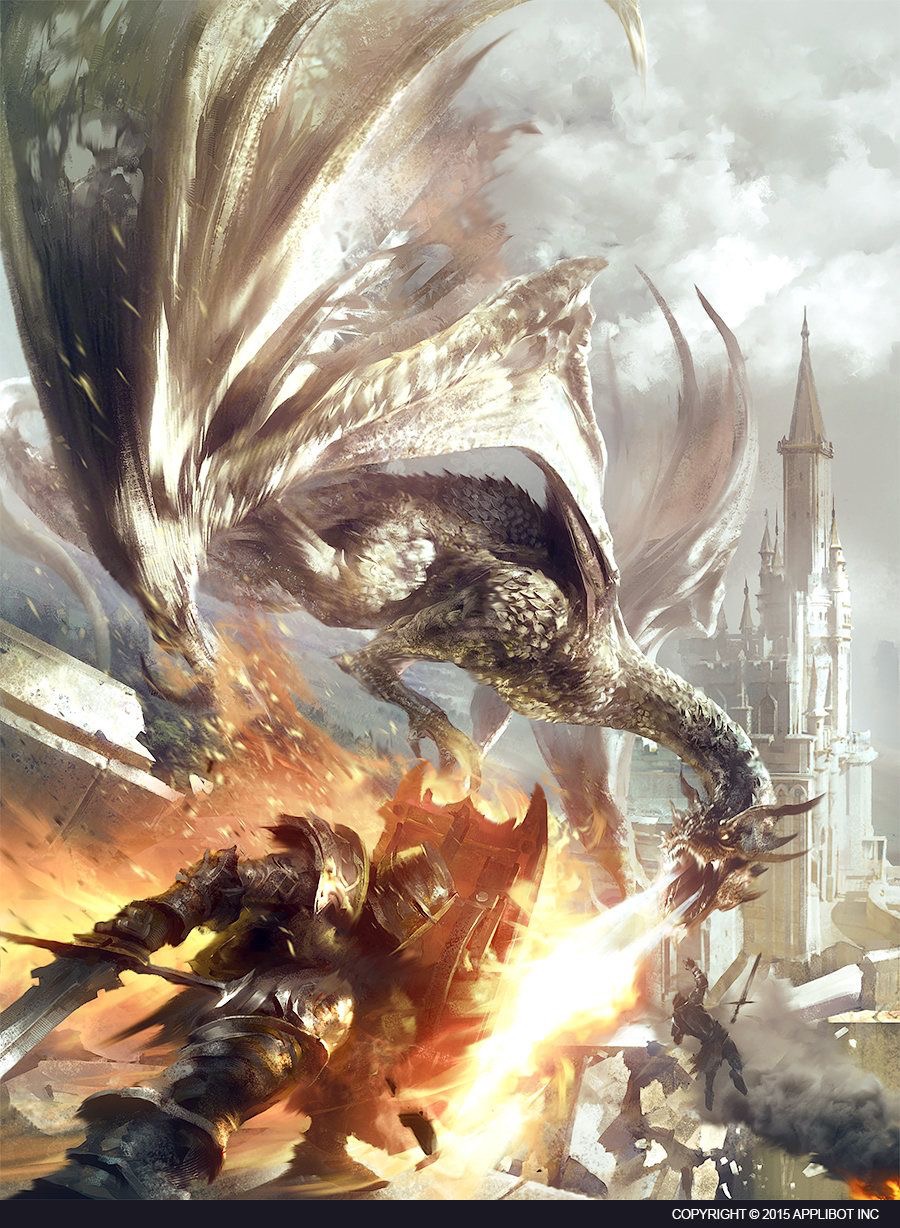
Since the dawning of man’s ability to dream and imagine, Dragons have been in existence. And like many other mythical beasts, it has played a huge part in understanding the oft times cruel world our forebears lived in. Dragons, in whatever form they take, have always been a symbol for the real and unexplainable. They are the beasts that hunt at night, the scourge that destroys our livestock and crops, the heat of their fire that burns away the land. Just like fairies and elves and goblins, they were used as a way to explain death, sickness, and other strange happenings. An invincible power we could not control. Later it was the devil, preying upon our souls instead of the enormous animal that came down from the sky to prey upon our flesh.
Now, we know a lot more than they did, and science has proven these animals never truly existed, along with proving the real science behind our ancestor’s pains and troubles. So unless you are one of those who don’t believe we really landed on the moon, or one who still thinks the earth is flat (yes, sadly, it’s a thing), you take this science as fact.
But… is there a science behind Dragons? Could nature and evolution, in its most infinite wonder, have created such magnificent beasts? Let’s explore this for a bit, and look at each of the main aspects that make the traditional Dragon, so fantastical.
Fire-breathing – Someone give this guy a Tums!
When you think of Dragons, this is probably the first thing you think about. There was a time when we would point this out and it would be our biggest clue that they could not exist. But nature likes to laugh at us and our narrow-mindedness, for she has created things even more bizarre than something so simple as fire-breathing. Take the Bombardier Beetle. This insect, one of many readily able to induce nightmares, releases a potent mixture of hydrogen peroxide and hydroquinone into a ‘combustion chamber’ where enzymes then provoke the two chemicals to react, producing the toxic substance Benzoquinone, along with a great deal of heat. When provoked it squirts this super heated liquid, with great accuracy at the hapless, and most likely hungry, victim.
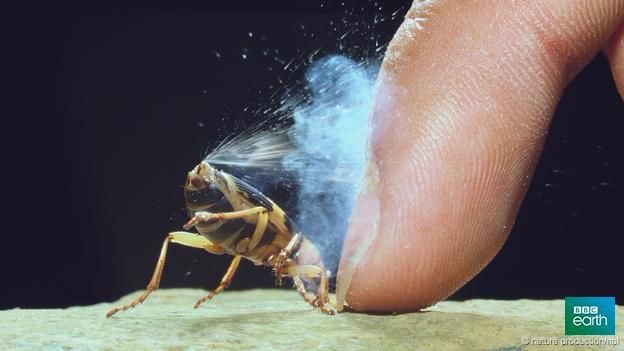
Ew
Ahh, but that’s not fire you say.
No, but is it such a stretch–as Henry Gee, a paleontologist and Tolkien expert, points out in his theory–that an animal could create a similar, yet more volatile concoction? In his book The Science of Middle-Earth, Gee talks about the organic solvent Diethyl Ether. A colorless, sweet-smelling liquid that can produce large amounts of an extremely flammable vapor. Once it hits the air, the only thing it needs to ignite, is a bit of static electricity, something easily caused by moving the liquid from one vessel to another. Using glands, similar to that of a venomous viper, the animal could secret this chemical across its hot mouth cavity, which would be enough to produce the well known yellow-orange flame. And a little vapor, can go a long way, shooting far enough to create the kind of destruction often imagined, when one chooses to imagine such a scene.
Taking Flight
Okay, so now our creature can spit fire and lay waste to a town. But his vantage point is a bit awkward. He needs to be able to fly. There are a few problems with this one, but by no means does it become impossible.
Setback #1: No other organism, other than insects, has ever had more than four limbs, and since most traditionally imagined Dragons have four legs and a set of wings, it is easy to assume that it must have two extra limbs. If we hold to the usual design, the wings are like that of a Fruit Bat, which is actually their arms branching, and opening to elongated fingers. Birds have this same design, though without the awesome additional web of flesh between each phalange—but, yes, feathers are awesome too, and also a bit more handy (no pun intended) for those crazy mating dances.
Honestly, I could just put photos of these little guys all over this page and I’d be content
What would the skeletal structure have to look like to make this plausible? First, it would have to have two sets of clavicles (collarbone) and two sets of scapulas (that funny shaped bone that pokes out of your back). This is essential for support, control, and maneuverability. The muscles supporting these structures, especially the wings, would have to be extensive across the chest and back.
This is not impossible, but it also has never happened in nature. Most likely this occurrence would be a mutation that caused the extra limbs to develop. Yet this argument loses ground slightly, since it is unlikely such a mutation would fully develop and be useable (like a goat with an extra leg; it’s just not that useful).
Unless… evolution saw this mutation as a success, thereby evolving it into a fully functioning and nearly perfect system; the way most creatures are today.
Setback #2: This brings us to the next major trait of most Dragons…
Size – Is it a Bird? Is it a Plane? No! It’s a Dragon! – “Run away… Run away…”
So our creature can now breathe fire and cook its meals on the go, while staying up and away from the burning inferno of the small village it is creating. But to really be the frightening and terrible animal it needs to be, it has to be a behemoth–because cat-sized just isn’t scary enough, I guess (believe me, I’ve known a few scary cats…)
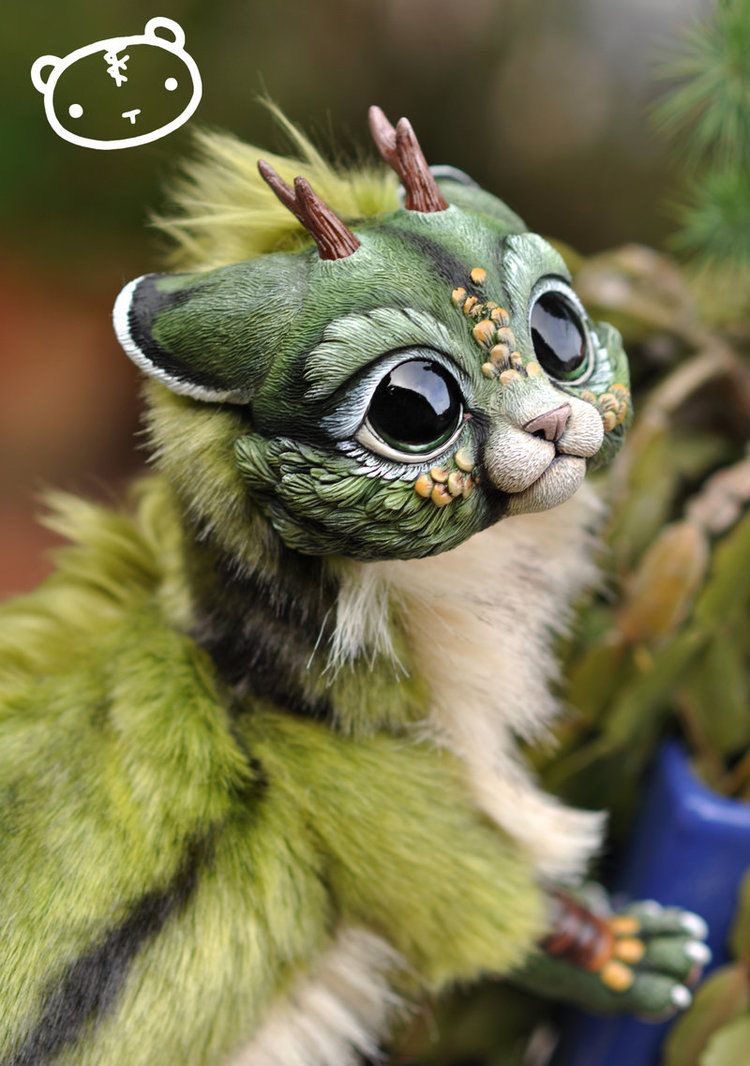
A truly frightening image…
But here is the setback. The main issue, as with all large carnivorous animals, is food source. So unless Dragons develop higher functioning brains as resourceful as humans and learn to farm, they probably won’t survive. (As intelligent as Smaug might be, and as much as he sounds like Sherlock, I don’t see him settling down on a ranch and raising livestock with Mrs. Smaug, and all his would-be mini-me-Smaugs that he might imagine his future will bring; it ain’t gonna happen… for various… plot related reasons.)
If our Dragon is huge, and he flies, he will need a very high metabolism to keep up that kind of energy. Unlike the hummingbird, most carnivores don’t have a sweet-tooth. He would need to eat… all the time, quickly depleting his available food sources. He could have a much slower metabolism, like that of a Boa Constrictor, which, after a meal, can go for weeks, even months, without eating. Yet this contradicts the need for a higher metabolism in order to sustain flight, thereby allowing him to hunt and dole out destruction in the first place. But what if he can change his metabolic rate, shifting it with the seasons like a Grizzly Bear, and coming out only when food is plentiful and there are enough villagers to terrify. This would definitely explain their proclivity toward cold and dark mountains.
One more issue with size, is well… size. How does one so big get aloft in the first place? This one is easy. Birds not only have hollow spaces in their bones, they also have air sacs throughout their bodies, which are connected to their lungs. Many dinosaurs had this same design. It decreased their total mass, while also helping to keep their vital organs, buried within all that hot tissue, cool. A personal internal air-duct cooling system. New research is discovering that crocodiles also have this extra feature (heated seats and remote starter optional).
Myth Busted
It is entirely plausible, that if evolution so desired, it could create this monstrous, magical, frightening, enormous, and beautiful creature. But… we should be thankful it hasn’t. There are plenty of real creatures, with amazing biology, and incredible designs to inspire our imaginations. Instead, we will keep the Dragon alive in our fantasies, for it is a great symbol of the destructive powers of nature, or the darkness within us all that can one day reach new heights and lay waste to the hope and promise of a new day and a better future.
Today, the Dragon doesn’t represent a disease that kills our livestock and crops, it is something larger and more ominous: It is a symbol for the ideas that can destroy us; the greed, the corruption, the power gained and wielded with a heartless fist.
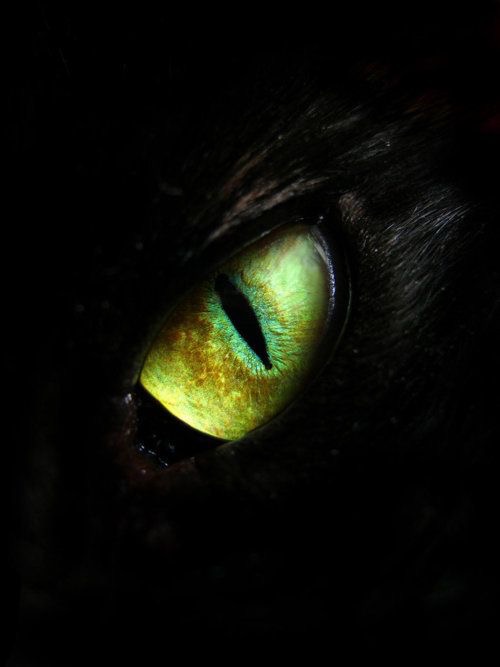
Yet in those stories, of dragons coming from the sky at night, good always won out. A hero always rose from the smoke and shadows, someone seemingly insignificant. And with his mighty arrow, he found the weakness, and he brought down the evil beast, igniting hope, so all could live happy and in peace once more.
Sources:
THE SCIENCE OF MIDDLE EARTH: Explaining The Science Behind The Greatest Fantasy Epic Ever Told http://amzn.com/B00AMPHXBC
http://discovermagazine.com/2013/dec/20-how-to-explain-your-dragon
Credits: Dragon digital illustration from Applibot/Marat Ars via www.Artstation.com
Bombardier Beetle from BBC Earth
Cute peeking Bat, photo by http://calodaemon.tumblr.com/post/76982663946
Hanging Malayan Flying Fox Bat, photo by Hector Parayuelos via https://www.flickr.com/photos/ohhector/5526330778/
Flying Bat, from http://www.batsrule.info/2012/06/flying-fox.html via Pinterest
Cute Cat Dragon, http://lisatoms.deviantart.com/art/Forest-Chibi-Dragon-Spirit-526436798
Dark Dragon Eye, http://fabforgottennobility.tumblr.com/post/31981772304/from-hell
###
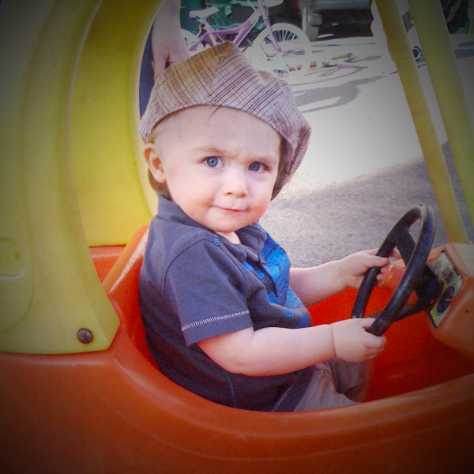 My name is Melissa Berg, and I am the author of Prophecy of the Stars Book 1 of the Shifting Balance Series. I was raised in Milwaukee and Madison, Wisconsin and went to college for art and design at MATC Madison. I currently live in Minnesota with my husband, my 7-yr-old son, and a crazy border collie named Zoe. I am also an illustrator, and my love of fantasy permeates my artwork as well. Most recently I have decided to drive myself crazy and start learning the art of 3D computer graphics; it is this medium that I used to create the cover of my first book.
My name is Melissa Berg, and I am the author of Prophecy of the Stars Book 1 of the Shifting Balance Series. I was raised in Milwaukee and Madison, Wisconsin and went to college for art and design at MATC Madison. I currently live in Minnesota with my husband, my 7-yr-old son, and a crazy border collie named Zoe. I am also an illustrator, and my love of fantasy permeates my artwork as well. Most recently I have decided to drive myself crazy and start learning the art of 3D computer graphics; it is this medium that I used to create the cover of my first book.
Check out my website or join my mailing list for further updates: http://theshiftingbalance.com
‘Like’ my pages on Facebook: https://www.facebook.com/theshiftingbalance/
https://www.facebook.com/Melissa-Berg-Illustration-334413330053966/
Follow me on Twitter: @WhimzicalMusing

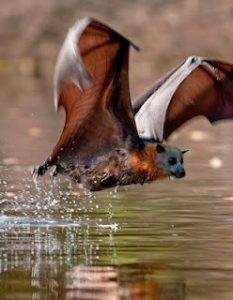
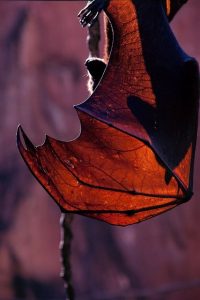
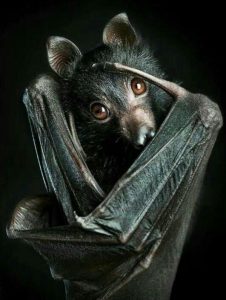

Reblogged this on The Shifting Balance Series.